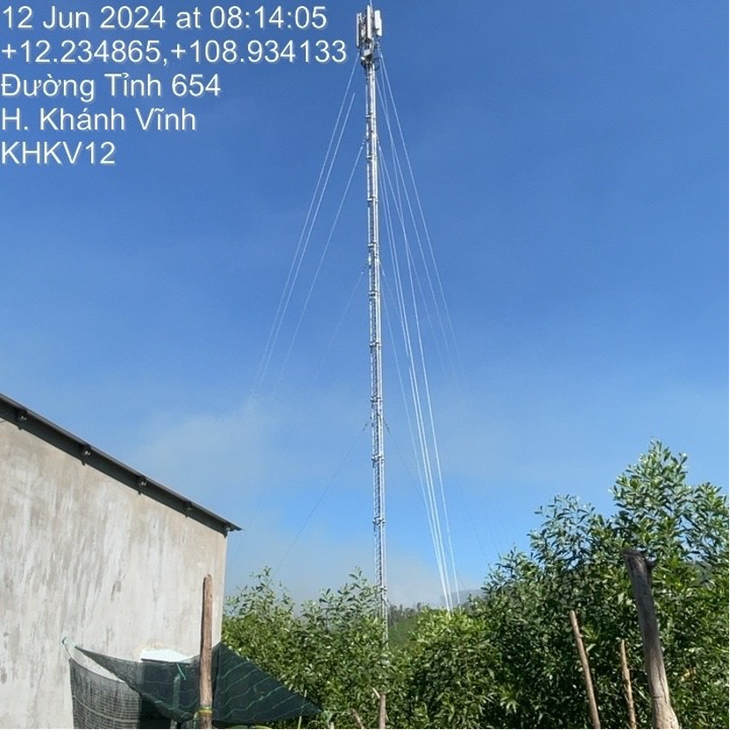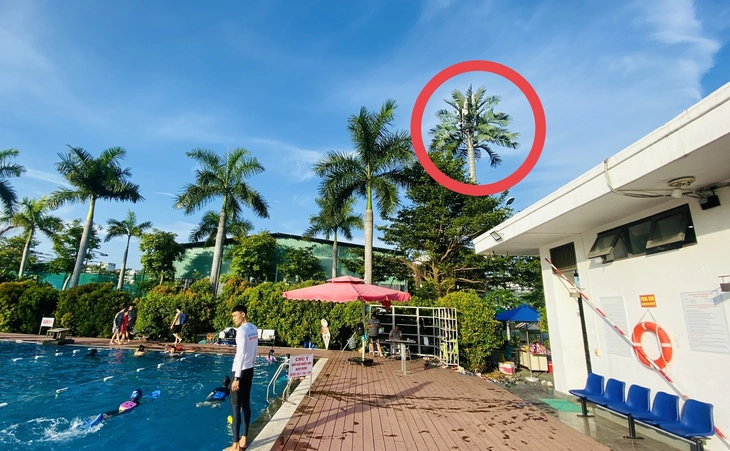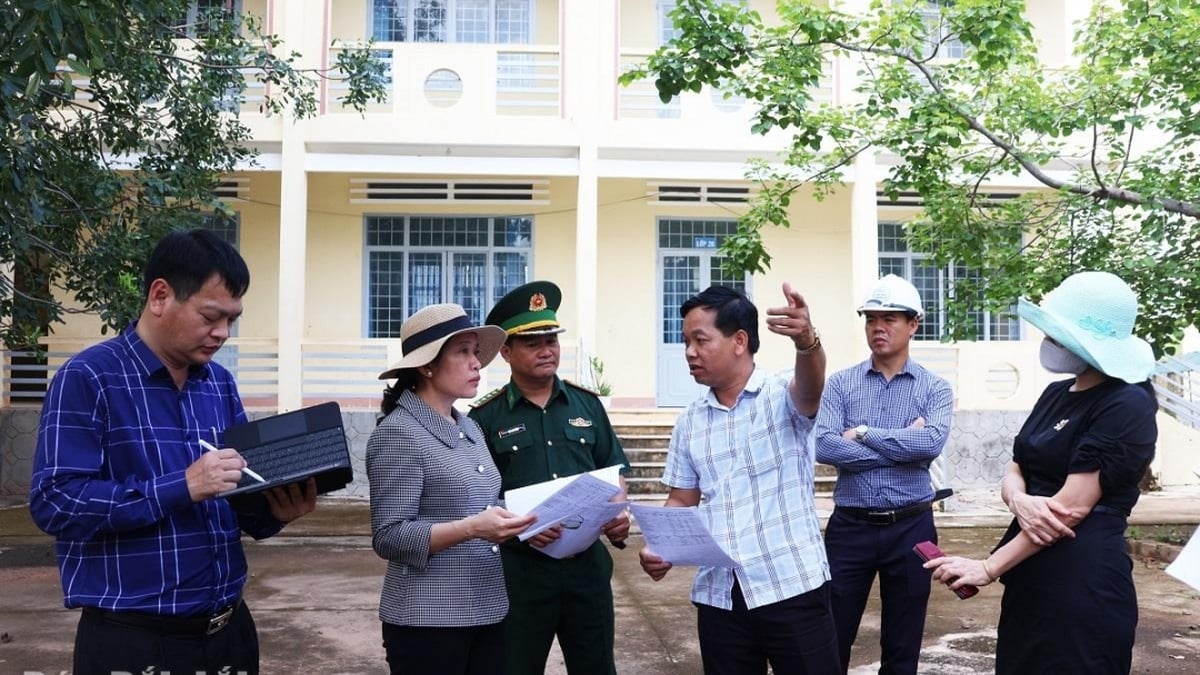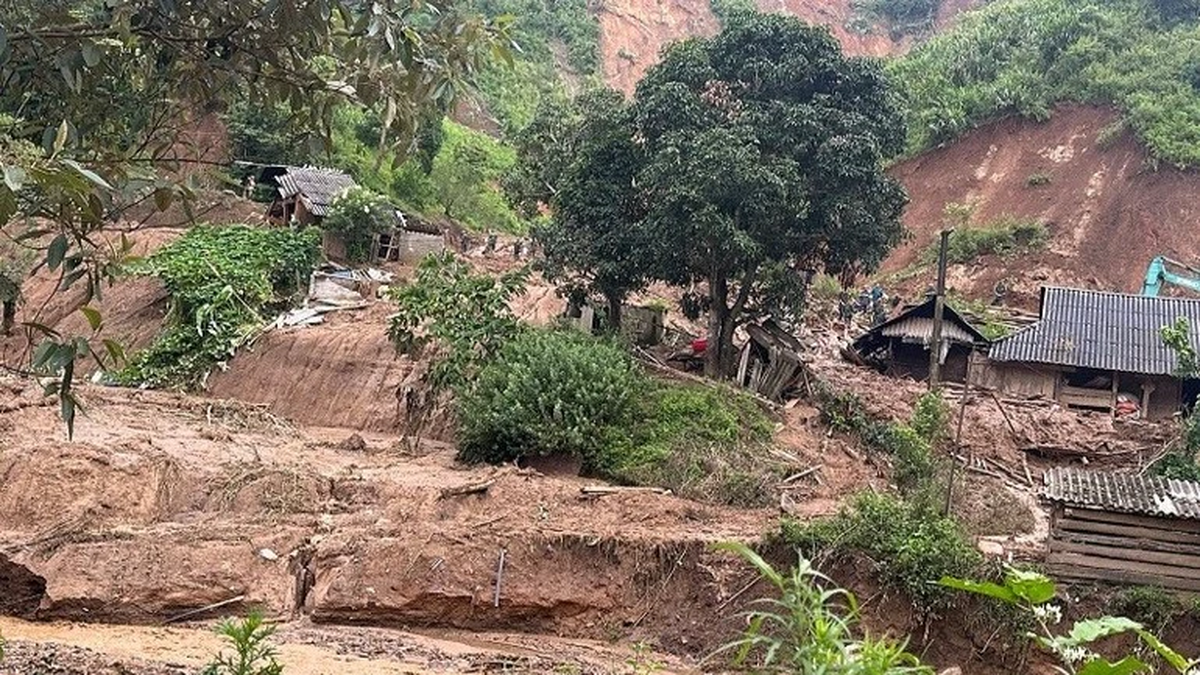
A BTS station in the Central countryside - Photo: MBF
According to the Department of Science and Technology of Da Nang, currently the construction and installation of equipment for BTS (Base Transceiver Station) stations is carried out according to standards issued by specialized ministries. However, depending on the terrain and different conditions, the construction of stations in rural and urban areas is different.
Since 2010, Da Nang has been at the forefront of deploying non-bulky, environmentally friendly BTSs that have been well received by many network operators.
According to Mr. Nguyen Thanh Tuyen - Deputy Director of MobiFone Service Company Region 3 - the installation of BTS stations in urban areas fully complies with the standards and regulations issued by specialized ministries. However, there are many differences between stations installed in rural and urban areas.
Mr. Tuyen said the striking difference between urban and rural areas is evident in terrain and population density.
In rural areas, the terrain is flat, houses are low, open space and population density is low. Therefore, BTS stations are often deployed in high-pole plans, with the distance between stations from 1.5km to 3km depending on population density. In mountainous areas, stations are often placed in high positions to expand coverage and optimize investment efficiency. In addition, transceiver stations are also arranged along national highways and expressways to ensure stable communication connections for key traffic routes.
Meanwhile, in urban areas, the terrain is complex due to the height of buildings being varied, interspersed and constantly changing according to the speed of urbanization; the population density is high.

Camouflaged BTS station in Da Nang - Photo: TRUONG TRUNG
Therefore, BTS stations are arranged with higher density, the distance between stations is from 200m to 500m, applying flexible deployment plans to suit construction reality and ensure urban aesthetics.
Also according to the leader of MobiFone Service Company Region 3, currently the orientation of deploying MobiFone BTS stations in urban areas is to develop BTS systems using advanced, environmentally friendly technology.
Promoting digital transformation and automating operational management to save energy, reduce manpower, reduce costs and improve operational efficiency.
At the same time, MobiFone increases infrastructure sharing with other carriers to optimize resources and investment capital.
"Following the modern planning trend, MobiFone is gradually replacing bulky BTS stations with compact, environmentally friendly solutions such as rooftop pole stations or stations with integrated utilities and landscapes, contributing to improving safety and ensuring urban aesthetics. For example, landscape solutions such as water tanks, coconut trees, lighting... like recently" - Mr. Tuyen said.
Many regulations must be followed when installing BTS stations
Currently, the construction and installation of equipment for BTS stations is carried out according to standards issued by specialized ministries:
Examples of electromagnetic radiation safety, telecommunications equipment, electrical safety, fire prevention and fighting...
In addition, it is necessary to comply with the regulations of other management agencies such as: Regulations on construction licensing for works that are antenna poles according to the Construction Law issued by the Ministry of Construction and local licensing management agencies; Radio frequency usage license; Passive telecommunications planning issued by the People's Committees of provinces and cities.
There are also internal regulations issued by the network operator…
Source: https://tuoitre.vn/vi-sao-lap-tram-bts-o-pho-nguy-trang-kho-thay-nhung-o-nong-thon-nhin-la-biet-ngay-2025062516571927.htm


































































































Comment (0)